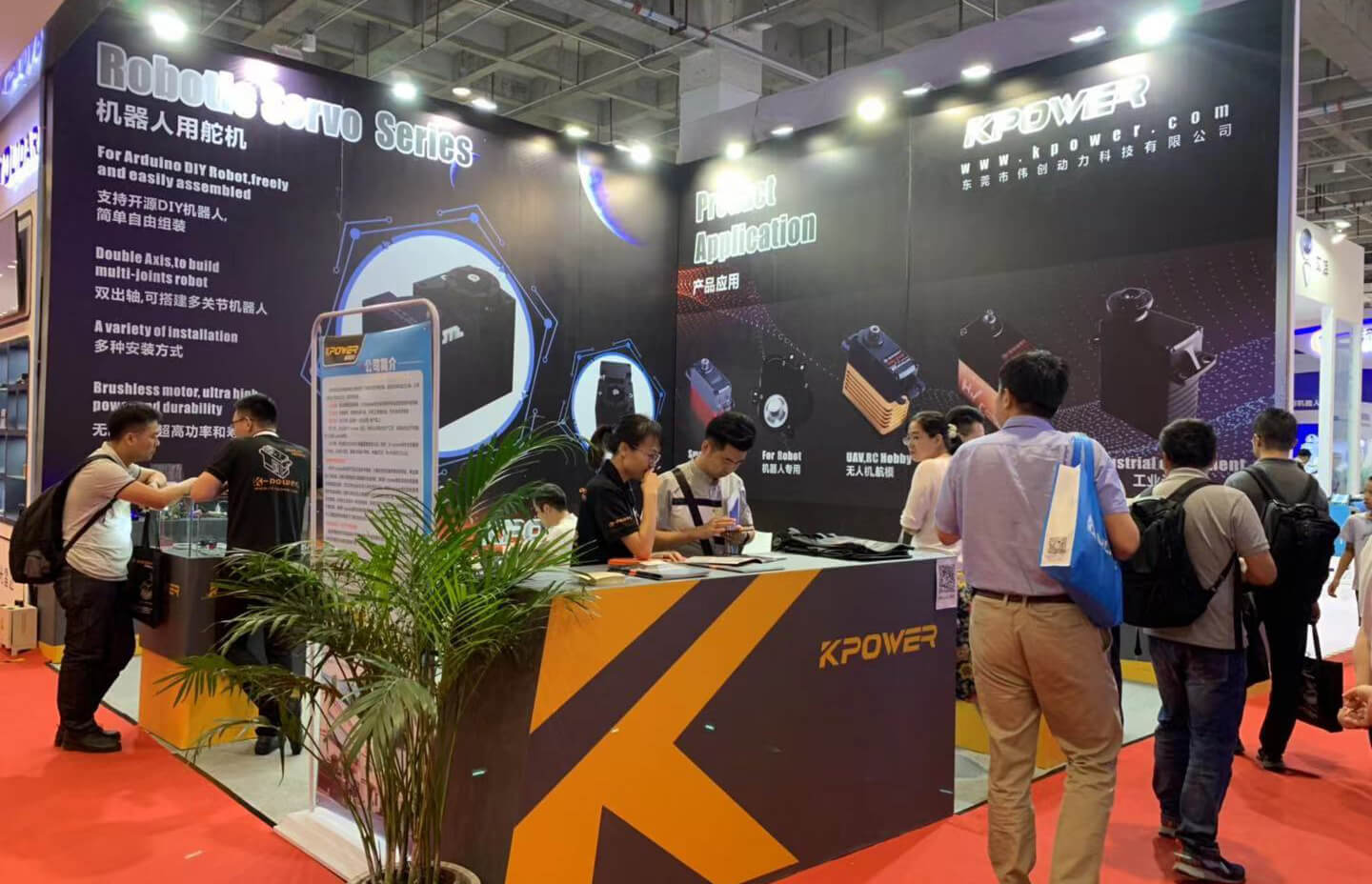Microservices are transforming the way businesses handle software development. Unlike traditional monolithic architectures, microservices break down large applications into smaller, manageable pieces. This approach makes the development process more flexible, scalable, and faster. But here’s the catch – for microservices to really work, they need to talk to each other. So, how do they communicate? Let’s dive in.

When you think about microservices, imagine them as different departments within a company. Each department has its own responsibilities – sales, marketing, finance, and so on. For these departments to achieve a common goal, they need to share information and work together. The same goes for microservices. Each service, or “department,” handles a specific task – one may manage user accounts, another handles payments, while another might track orders.
But how do they communicate across these separate units? It all comes down to APIs (Application Programming Interfaces). APIs are like the messengers that carry information between microservices. One service sends a request, and the API delivers it to another service that can process it. This is how data moves between them, ensuring that each microservice can do its job without needing to know too much about the others.
There are a few popular ways these microservices communicate with each other: synchronous and asynchronous communication.
Synchronous communication is like a phone call. Service A calls Service B, waits for a response, and then moves forward. This works great for tasks that require real-time feedback. However, it can slow things down if any service in the chain is busy or unavailable.
On the other hand, asynchronous communication is more like sending an email. Service A sends a request to Service B and continues working, without waiting for an immediate response. Later, Service B processes the request and sends back the result. This method is more resilient and scalable, especially when handling high volumes of requests.
You may also have heard of event-driven communication. Think of this as a party where services send out invitations (events) to inform others that something has happened. Other services that are interested in that event will respond accordingly. This is a great way to keep things loose and flexible, and it's often used for things like logging or notifications.
One key element to make all this communication happen seamlessly is the service mesh. A service mesh is like a communication network that makes sure all microservices are talking to each other properly. It handles tasks like security, traffic management, and service discovery, so developers don’t have to reinvent the wheel every time they build a new service.
With all these different ways for microservices to talk, you might wonder: is it easy to manage? Not always. There are challenges when it comes to making sure the services don’t get tangled in too many dependencies, and ensuring that they don’t break each other when updated. But with the right architecture and tools, you can create a smooth, effective communication pipeline between microservices.
In conclusion, microservices communication is essential for modern businesses to stay agile and responsive. Whether you’re using synchronous calls, event-driven messaging, or a robust service mesh, the key is making sure these “departments” work together efficiently. When done right, microservices communication makes your system faster, more flexible, and able to scale with ease.
So, the next time you hear about microservices, remember – they’re not just a trend. They’re a revolution in how we build and scale applications.
Established in 2005, Kpower has been dedicated to a professional compact motion unit manufacturer, headquartered in Dongguan, Guangdong Province, China. Leveraging innovations in modular drive technology, Kpower integrates high-performance motors, precision reducers, and multi-protocol control systems to provide efficient and customized smart drive system solutions. Kpower has delivered professional drive system solutions to over 500 enterprise clients globally with products covering various fields such as Smart Home Systems, Automatic Electronics, Robotics, Precision Agriculture, Drones, and Industrial Automation.




































